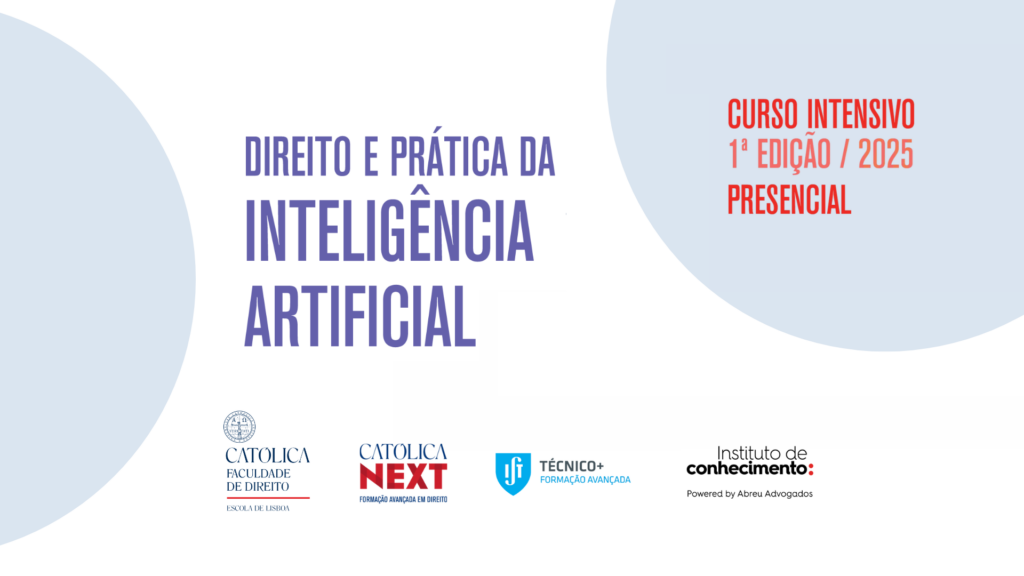31.07.2025
Practice Areas: Intellectual Property and Information Technology
Software, App Stores, and Medical Devices – Latest Developments
In June 2025, the Medical Devices Coordination Group reviewed its guidance on the qualification and classification of software in the Medical Devices Regulation (Regulation (EU) 2017/745, of April 5, 2017) and the In Vitro Diagnostic Medical Devices Regulation (Regulation (EU) 2017/746, of April 5, 2017) – MDCG 2019-11 Rev.1.
In parallel, the Coordination Group issued a guidance on the safe making available on online platforms of medical device software – MDCG 2025-4.
Qualification and Classification of Software as a Medical Device
This revision aims, first and foremost, to ensure the effective and harmonized implementation of the Medical Devices Regulation with recent European legislative changes, in particular the Artificial Intelligence Regulation (Regulation (EU) 2024/1689, of June 13, 2024).
As such, the scope of application of the guidance is expressly extended to artificial intelligence systems qualified as medical devices.
Secondly, the revision aims to clarify the criteria for qualifying software as a medical device, providing further examples of software that will, in principle, be subject to these Regulations. In turn, Rule No. 11 of Annex VIII of the Medical Devices Regulation has been further interpreted, allowing for a more accurate determination of the risk class of medical device software.
In addition, this revision provides for the coordination between the Medical Devices Regulation and the recently approved Regulation on the European Health Data Space (EHDS) – Regulation (EU) 2025/327, of February 11, 2025. Thus, interoperability between medical device software and an electronic health record may result in the software provider being subject to both regulations.
Finally, software providers operating in the healthcare sector should pay particular attention to the new guidelines on the introduction of modules – i.e., sets or groups of functionalities -, where one or a combination of modules serves a medical or non-medical purpose.
Software Medical Device made available on Online Platforms
The new Coordination Group Guidance clarify the necessary coordination between the Medical Devices Regulation and the Digital Services Act – Regulation (EU) 2022/2065 of October 19, 2022.
In particular, several software applications qualified as medical devices are currently made available to end users through intermediary service providers. It is therefore essential that online platforms enable software providers to fulfill their information obligations under the Medical Devices Regulation.
On the other hand, the Guidance note that, to the extent that the online platform makes the medical device software available directly to the end user as a distributor or importer, the platform provider will consequently also be subject to the Medical Devices Regulation.
Conclusion
Easy access to databases and programming tools has enabled proliferation and easy access to software applications for healthcare purposes.
The recent revision of the Guidance reinforces the need for software providers to consider from the design stage whether their product falls within the definition of a medical device. If applicable, it is essential to ensure that the development of the software complies with all applicable legal requirements.
In addition, these guidelines highlight the importance of assessing whether online platforms that make these applications available comply with both the Medical Devices Regulation and the Digital Services Regulation. Depending on the role that the platform plays – whether it merely hosts the application or actively participates in its distribution – the legal obligations may vary significantly.








































